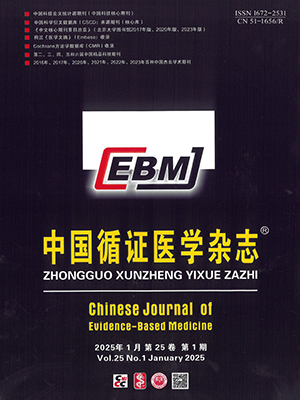Evidence-based dentistry has been established for more than a decade, and described as ‘the conscientious, explicit and judicious use of current best evidence in making decisions about the care of individual patients'. However, Orthodontic clinicians in China still tend to base their treatment protocols on the ‘it works in my hands'evidence provided by their peers, mainly due to their weak experience in searching and applying clinical evidences. In this article, authors are willing to share their experience with their Chinese peers, and to promote the dissemination and application of evidence-based orthodontics in clinical practice.
Citation: MEI Li,YE Qingsong,CHENG Min. Dissemination and Application of Evidence-based Orthodontics in Clinical Practice. Chinese Journal of Evidence-Based Medicine, 2005, 05(11): 882-884. doi: Copy
Copyright © the editorial department of Chinese Journal of Evidence-Based Medicine of West China Medical Publisher. All rights reserved




